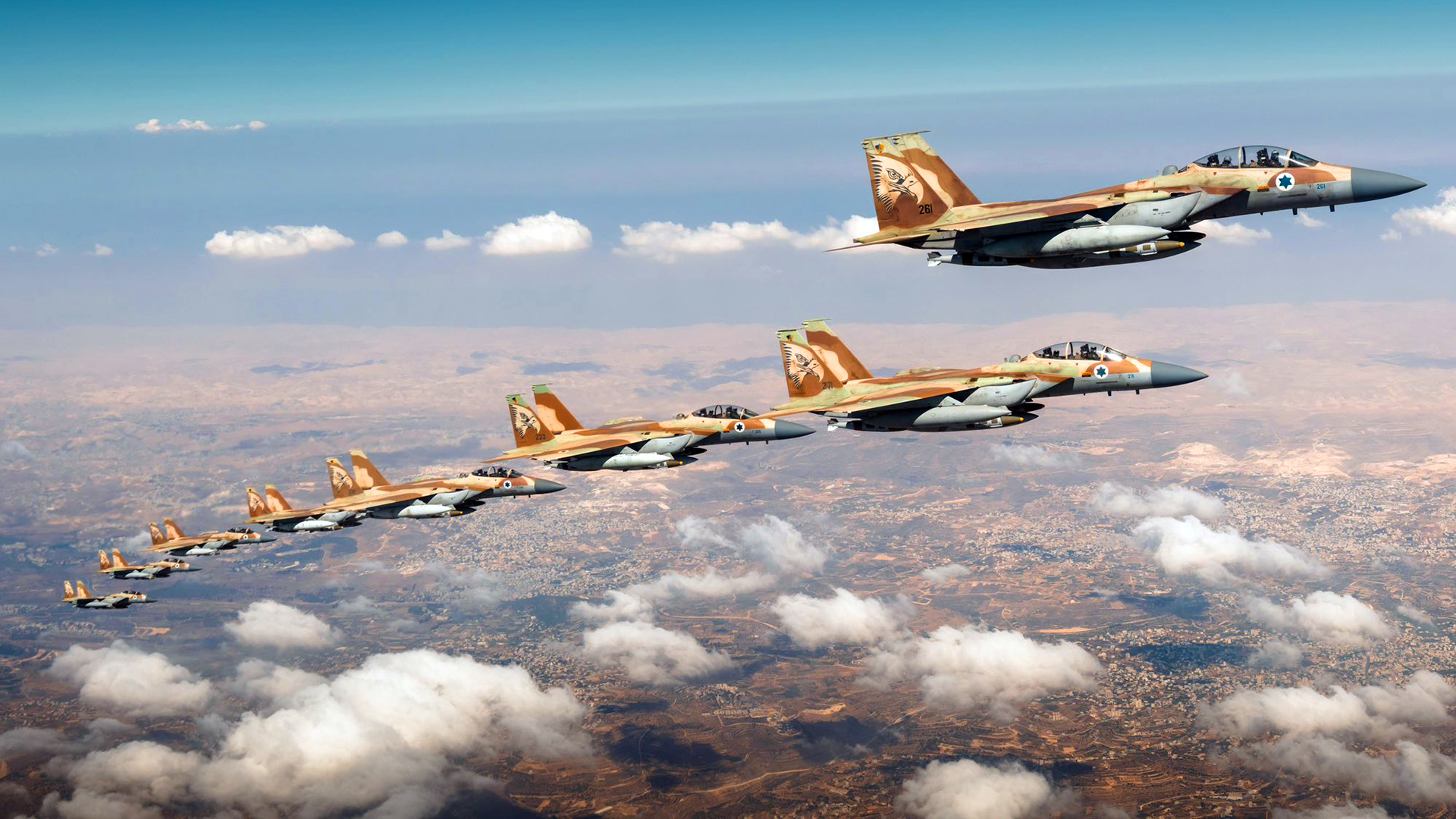Israel US UK Joint Air Exercise Strengthens Regional Preparedness and Strategic Unity

Israel Conducts Massive Joint Air Exercise with US and UK to Bolster Regional Preparedness
In a significant display of aerial military coordination, forces from Israel, supported by the United States and the United Kingdom, executed a large-scale air exercise involving 150 fighter jets. The operation underscored the strategic importance of collaborative defense readiness and aimed to enhance capabilities against evolving regional threats. Israeli media reported that this extensive maneuver was designed to avert any unforeseen challenges potentially emerging from neighboring adversaries.
The exercise brought together advanced air power assets from three allied nations, emphasizing interoperability and rapid response under complex operational scenarios. The scale of this drill reflects growing concerns over maintaining aerial dominance and preparedness in a volatile security environment. Such coordinated efforts demonstrate a collective commitment to regional stability and deterrence through joint military proficiency.
Military analysts observe that exercises of this magnitude not only test technical competence but also strategic communication and operational integration among partner air forces. The ability to manage a sizeable fleet of diverse fighter aircraft during simulated combat engagements is crucial for readiness against sophisticated threats. These combined maneuvers also send a clear signal of unity and deterrence to any actors contemplating aggressive actions.
Strategic Implications and Operational Objectives
The core intent behind these joint maneuvers was to preempt any surprises or strategic developments that might arise from hostile elements. The participating forces focused extensively on realistic combat scenarios, including challenging air defense penetration tactics, reconnaissance coordination, and rapid target engagement sequences. The incorporation of such high-tempo drills aims to ensure swift, effective responses to multi-dimensional threats, leveraging the strengths of each participating nation's air capabilities.
Operational readiness is critical in an era when aerial conflict involves advanced missile systems, electronic warfare, and precision-guided munitions. By synchronizing fleet movement, communication networks, and attack protocols, the forces enhance their ability to counteract both conventional and asymmetric threats with decisiveness. Exercises of this nature also facilitate improvements in command and control systems that are essential for real-time decision-making during crises.
Moreover, the drill's timing and magnitude reflect a broader strategy to maintain air superiority, crucial for safeguarding national interests and civilian populations. It also serves a diplomatic function by reinforcing alliances, demonstrating mutual support commitments, and deterring potential escalations. The transparency in broadcasting parts of these activities serves to reinforce deterrent messaging.
Historical Context and Collaborative Dynamics
This joint operation builds upon a history of military collaboration between these countries, known for their longstanding defense partnerships. The integration of training and tactical exercises has been progressively refined, incorporating lessons from past conflicts and technological advancements in aerial warfare. The inclusion of multiple allied air forces in such synchronized operations showcases an evolving approach to multilateral defense strategies.
Key technological assets utilized during the exercise included a diverse array of modern fighter jets equipped with advanced radar, electronic countermeasures, and precision strike capabilities. Seamless interoperability between these assets is vital given the complexity of contemporary air combat environments. The collaborative framework allows for sharing doctrine, operational expertise, and innovations that enhance collective security.
This ongoing cooperation also highlights the importance of continuous adaptation to emerging threats and the necessity of maintaining an edge over potential adversaries. As geopolitical landscapes shift, joint measures like this ensure that involved forces can operate cohesively and respond effectively to dynamic scenarios.
Looking Ahead: Maintaining Vigilance and Preparedness
Exercises of this scope serve as a benchmark for evaluating current capacities and identifying areas requiring further development. Regularly scheduled large-scale drills promote a culture of vigilance and preparedness critical for managing future contingencies. They bolster confidence among allied forces to act decisively while minimizing risks of miscalculation during actual confrontations.
Ongoing collaboration in air defense exercises also facilitates the integration of new technologies, such as unmanned systems and enhanced command platforms, paving the way for innovative operational concepts. Continuous refinement of joint tactics ensures that participating air forces remain responsive and adaptive to the complexities of modern warfare.
Ultimately, these military engagements underline the importance of sustained partnerships and readiness in preserving security interests and promoting stability. The transparent demonstration of such capabilities serves both a deterrent function and reassures allied populations of committed collective defense measures.
